There are several ways to help bread rise high, light, and fluffy. These are 7 of my favorites; the ones I've had success with over and over again.
Table of Contents
Are you ready to create high, billowy, beautiful loaves of homemade bread?
Professional bakers use various types of dough enhancers, some natural and some not so much. Home bakers who don't know about them are missing out!
These ingredients are sometimes called bread improvers or dough conditioners. They're a great way to get the best possible results from your bread baking adventures.
About dough enhancers
Our grandmothers knew that certain ingredients helped the dough rise faster and higher, have a better texture, and keep longer without going stale or molding.
These natural dough enhancers and bread improvers still work well today!
One of the most frequent questions people ask me is how I achieve those big, fluffy loaves. It's not really a secret - I do what commercial bakeries do.
There are a lot of reasons bread doesn't rise to its full potential, so to speak, but one way to ensure that gorgeous loaf is a dough enhancer.
Now, I am not telling you to use a bunch of chemicals dumped into your recipe. There are tons of natural ingredients that help your bread rise high, light, and fluffy.
What does dough enhancer do?
Bread improvers and enhancers do several things which is why it's best to use a homemade mixture like the one in the recipe card below. Each ingredient works with all the other ingredients.
- It improves how the bread rises
- It improves the texture
- It improves the taste
- It improves the crust
- It makes a lighter, fluffier bread with a more tender crumb
- It even helps to extend the shelf life because it's a natural preservative.
Here are some of my favorite ingredients to make your dough rise higher. You can use one of them or combine several.
Take some time to try each of them to see what works for you.
Ginger
I first learned about adding ¼ teaspoon of powdered ginger from an (almost) ancient cookbook. Old cookbooks are one of my addictions and I found this one in a second-hand store.
The note to add ginger was handwritten on the flyleaf so I tried it - and loved the result.
Ginger is still my favorite dough enhancer additive. This common spice boosts the yeast-like that first cup of coffee hitting you in the morning. The yeast gets more active much more quickly.
Add ¼ teaspoon of ginger with the warm water when you are first proofing the yeast to help your bread rise higher and fluffier.
It won't make your bread taste like ginger, either.
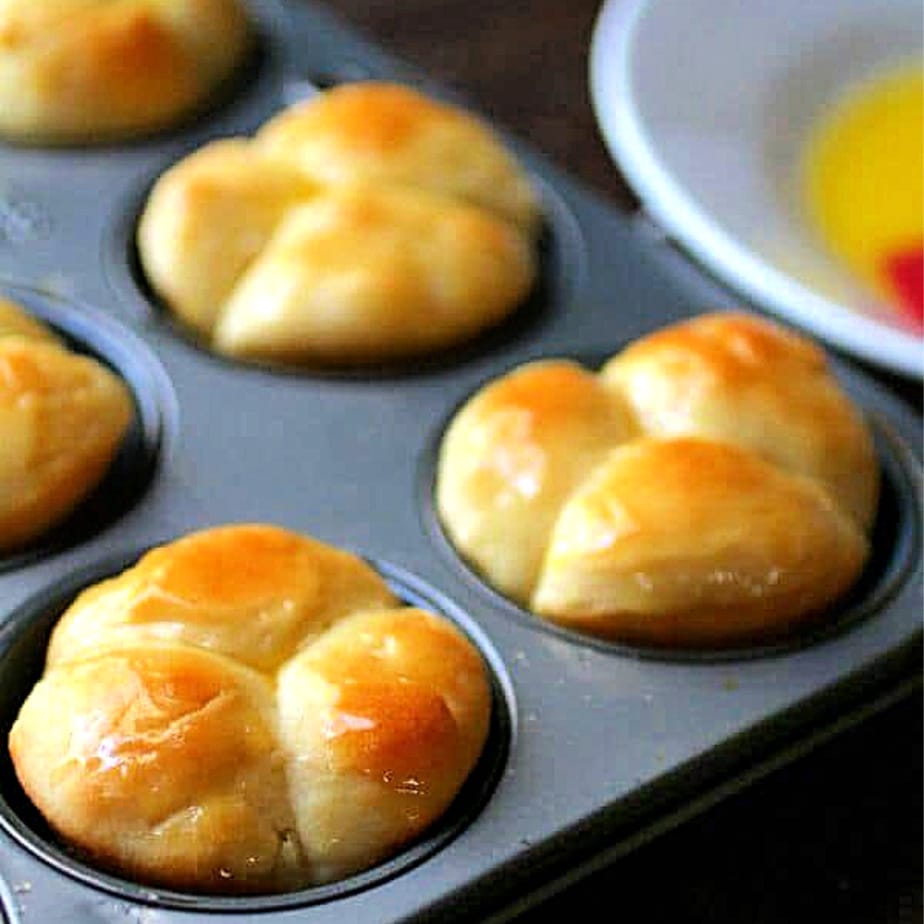
Potato water
The next time you boil potatoes don't salt the water. When the potatoes are done save that cloudy water in a Mason jar.
Cover it tightly and store it in the refrigerator.
Then, when you are ready to make your recipe, warm the potato water to 110F and use it in place of the water or milk (in equal measure).
This works to help your bread rise because of the potato starch that's left in the water. The starch encloses the gas bubbles in dough and strengthens them.
That makes your bread rise lighter and higher. Of course it also gives a pleasant flavor and I feel good about being as frugal as my grandmother was!
Don't keep potato water for more than a few days, though. It sours and can really smell up your kitchen.
Wheat gluten
Wheat gluten is a protein that's present in all wheat flour in various degrees. It's the substance that gives the dough that elastic feel and makes it rise high.
In fact, you could say that next to yeast, gluten is the most important ingredient in bread.
The gluten structure strengthens the dough and holds the gas bubbles produced by the yeast to make the bread rise higher.
It's really helpful when you are using different kinds of flour.
You can buy vital wheat gluten, which is just the gluten. Substitute 1 tablespoon gluten for 1 tablespoon flour in each cup of flour for whole wheat bread and about half that for white.
So, if your recipe calls for 8 cups whole wheat flour you'll remove ½ cup of the flour and add ½ cup of gluten added in with the flour.
If you're making pizza dough or Italian bread you can add about 1 ½ tablespoons per cup of flour to give your bread that chewier texture.
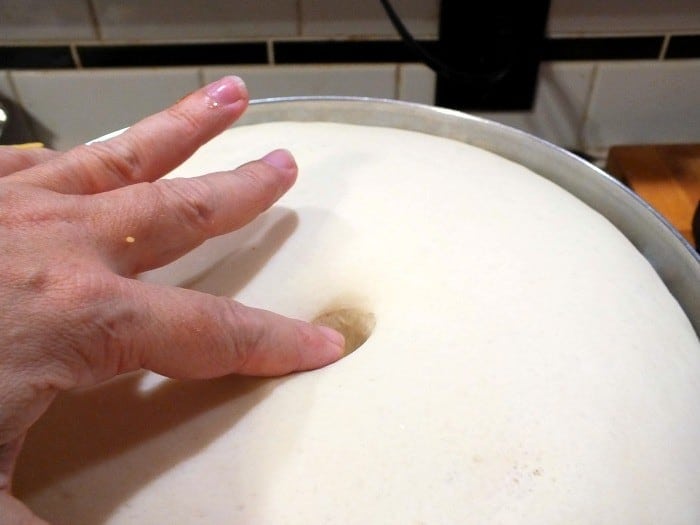
Dry milk powder
Adding 2 tablespoons of instant dry milk powder per loaf of bread will help your bread rise higher, stay soft, and hold the moisture longer. That means it won't get stale as quickly. Dry milk powder creates a more golden brown crust and improves nutrition, too.
Add it with the first cup of flour.
Vitamin C powder (Ascorbic acid)
Don't use this in your artisan-type breads that have a coarser crumb but it will help make sandwich loaves soft -- especially good when it comes to wheat breads.
The acid of vitamin C helps the yeast to work better and also acts as a preservative by deterring the growth of mold and bacteria.
I toss the contents of a bottle of vitamin C tablets in the blender, turn them into a powder, and then store it in a Mason jar.
Use ⅛ teaspoon per loaf of bread, adding it in with the first cup flour.
Lecithin
Lecithin comes from many sources but the most common one for food additives is soy lecithin. It helps keep bread fresher longer plus works with the natural gluten in the bread to make it lighter and fluffier.
Lecithin is a food additive that comes from several sources — one of them being soy. It’s generally used as an emulsifier, or lubricant, when added to food, but also has uses as an antioxidant and flavor protector.
You'll use 1 tablespoon per cup of flour. Add it in with the first cup of flour.
Pectin
Pectin helps the bread stay moist. It also can replace the fat if you want to cut back on oil or butter. It's what is used to make jelly and comes in liquid or granular form.
For making bread I'd use the granules - they're easier to control.
Use1 teaspoon per loaf and add it in with the first cup of flour.
Other possibilities
There are other additives you can use, of course. In addition to the ones mentioned above people add:
- Dried potato flakes
- Apple cider vinegar
- A variety of other ingredients
I tend to stick with those listed here because in the 50+ years I've been making bread they haven't let me down!
What’s new? Check out my Restless Chipotle & Co. Store on Amazon where you'll find all kinds of nostalgic goodness! Thanks so much for being a part of Restless Chipotle!
FAQs
Here are the questions I am most frequently asked about this recipe.
Ingredients or combinations of ingredients that are added to bread dough to get it to rise better, stay softer, and last longer.
Bread improver is another name for dough enhancer.
Yeast turns the starches and sugars in flour to carbon dioxide gas which in turn inflates air bubbles in the bread causing it to rise. Since the yeast is also multiplying and producing more carbon dioxide the bread rises more and more.
It makes the bread lighter, fluffier, and more flavorful as well as helping it stay fresh longer.
Yes you can! You'll just follow the instructions in your bread machine recipe adding the bread improver as directed above.
📚 Related recipes
Dough enhancers (also called bread conditioners or dough improvers) work really well when everything else is working right, too. If you are still having trouble check out this information on troubleshooting.
🫶 Restless Chipotle recommends
As an Amazon Associate, I earn from qualifying purchases.
Gluten flour is available almost everywhere but I often get mine on Amazon because it's just so darn convenient. Bob's Red Mill Gluten Flour
📞 The last word
Click through to these bread recipes to try this great dough enhancer out!
If you click on the number of servings in the recipe card you can adjust the measurements up or down for the exact number of servings you need.
If you love this recipe please comment below and give it 5 stars!
📖 Recipe
Homemade Dough Enhancer
Print Pin Recipe Save Recipe Rate RecipeIngredients
- 1 cup wheat gluten
- 2 tablespoons lecithin granules
- 1 teaspoon vitamin C granules
- 2 tablespoons powdered fruit pectin
- 2 tablespoons unflavored gelatin
- ½ cup nonfat dry milk powder
- 1 teaspoon powdered ginger
Instructions
- Mix together and store in a capped Mason jar in the refrigerator.
- To Use: Add 3 tablespoons for each loaf of bread a recipe makes.
Notes
- Nutrition information is per slice based on 8 slices per loaf. This recipe will make roughly 10 loaves of bread.
- Pulse a few times in the blender to make all particles the same size - it will mix in easier that way.
- Store in a glass jar with tight cover in the refrigerator. This will stay good indefinitely.
- Shake the jar before using.
- Let come to room temperature before making bread.
- This will stay good indefinitely in the refrigerator.
Nutrition Facts
Nutrition information is estimated as a courtesy. If using for medical purposes, please verify information using your own nutritional calculator. Percent Daily Values are based on a 2000 calorie diet.
This recipe has been tested several times. If you choose to use other ingredients, or change the technique in some way, the results may not be the same.
First published August 2015. Last updated October 30, 2023, to add information and update editorial content.










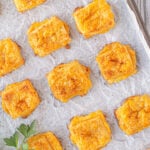



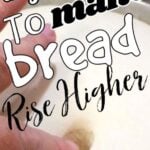
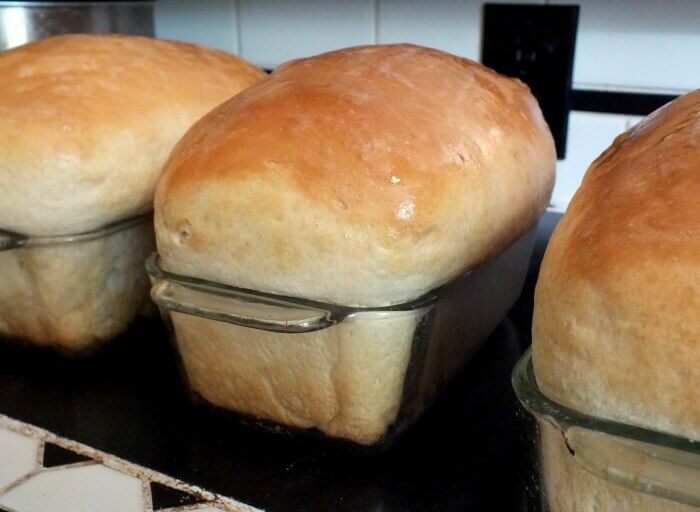

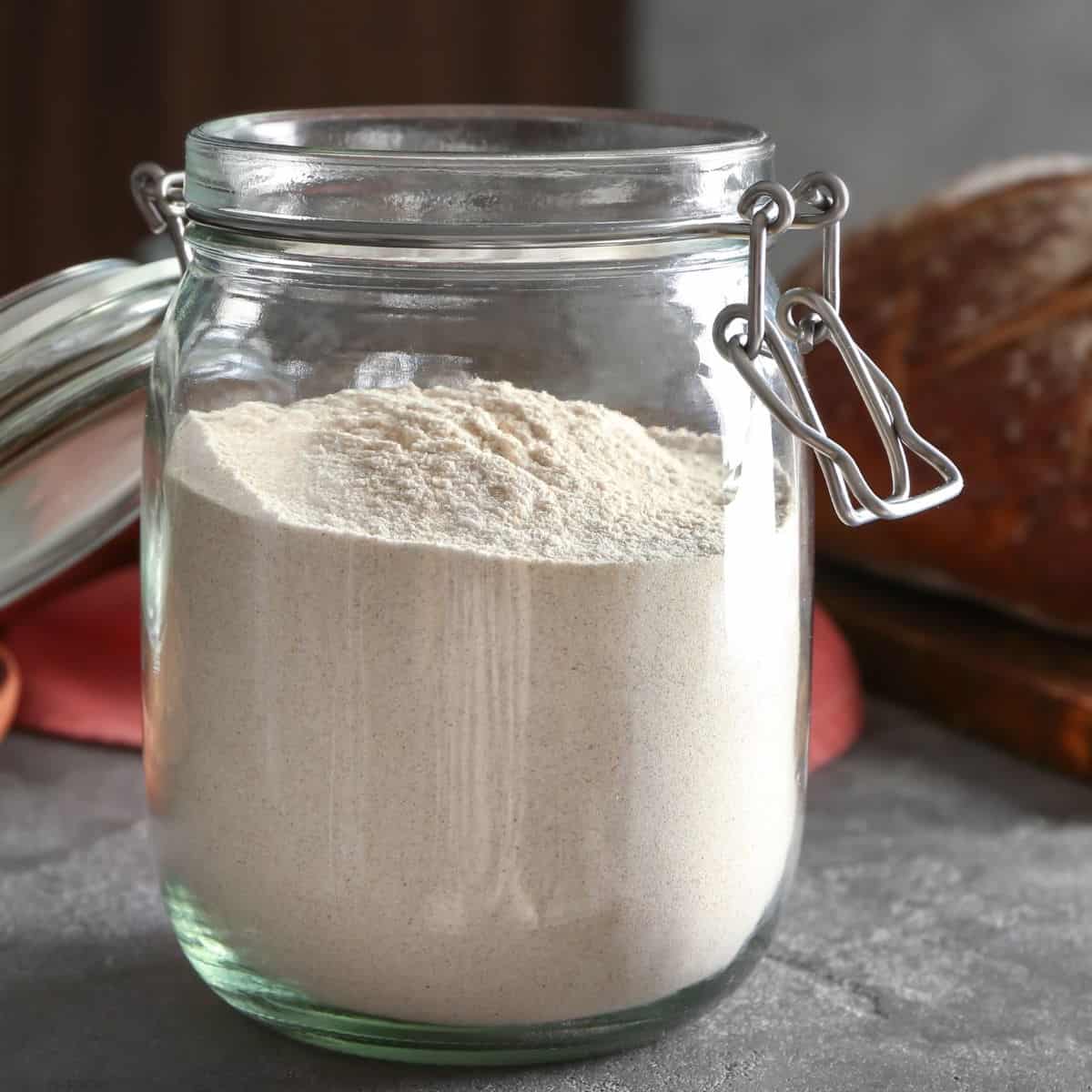
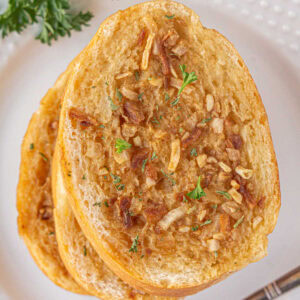
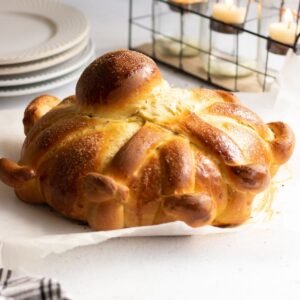
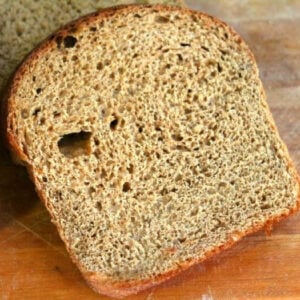
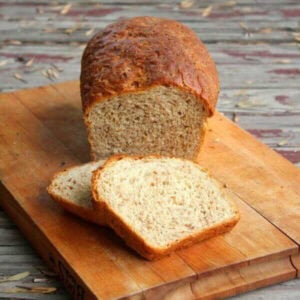
Leave a Reply